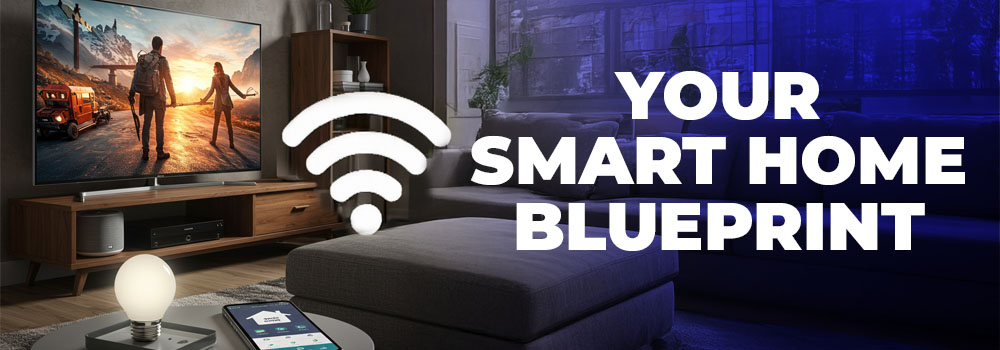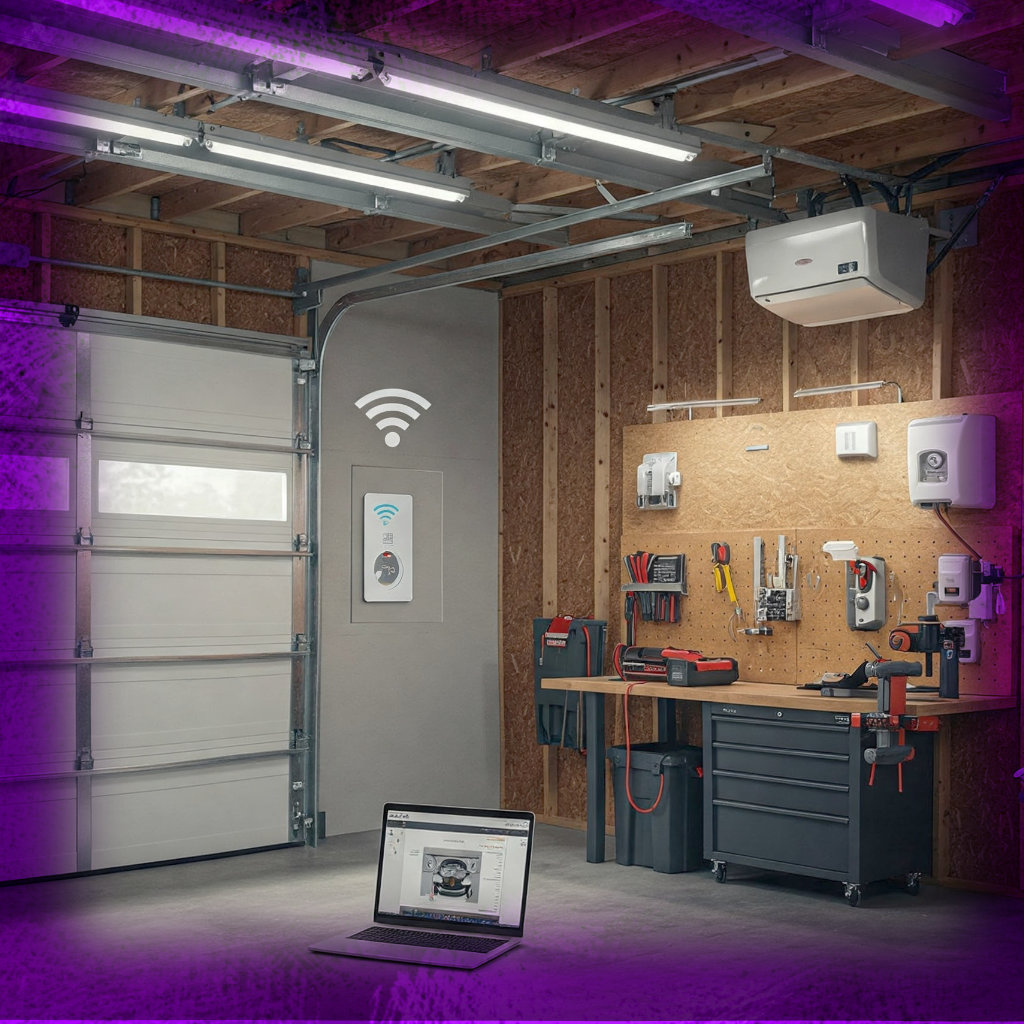Introduction to Smart Garage Technology
Modern homes demand modern solutions – and your garage shouldn’t be left in the analog age. Smart garage systems transform this often-overlooked space into a seamlessly integrated part of your connected home. With remote access, automated controls, and enhanced security features, these systems eliminate the frustration of forgotten door closures while adding valuable protection for your home and vehicles.
However, many homeowners encounter frustrating setup challenges. Connectivity issues, sensor misalignments, and compatibility problems can turn what should be a simple upgrade into a weekend-consuming project. The truth is, most of these problems have straightforward solutions when you understand the fundamentals of smart garage technology.
Proper configuration isn’t just about convenience – it’s a security essential. A poorly installed system can leave your home vulnerable or fail when you need it most. This guide will walk you through every step of the process, from selecting components to advanced automation setups.
Essential Components for Your Smart Garage
Choosing the Right Smart Opener
The heart of your system is the smart garage door opener. Look for models offering:
- Real-time status alerts
- Military-grade encryption
- Battery backup capabilities
- IFTTT compatibility
Top-tier options like Chamberlain MyQ or LiftMaster offer robust app controls and excellent reliability. Budget-conscious homeowners might consider Meross or Nexx Garage solutions, though these may lack some advanced features.
Hub vs. Standalone Systems
Your configuration options fall into two categories:
- Hub-based systems (like SmartThings or Hubitat) offer centralized control but require additional hardware
- Standalone openers provide plug-and-play simplicity but may limit automation potential
Consider your long-term smart home goals when making this decision. If you plan to expand your connected devices, investing in a hub system now may save headaches later.
Critical Sensors for Security and Safety
A complete smart garage setup includes three essential sensors:
- Contact sensors monitor door position (open/closed)
- Motion sensors detect unexpected activity
- Obstruction sensors prevent accidents
These work together to create a comprehensive security net for your garage space.
Step-by-Step Installation Guide
Pre-Installation Checklist
Before beginning your installation:
- Verify your garage door is properly balanced
- Confirm Wi-Fi reaches your garage with adequate signal strength
- Check manufacturer compatibility for your existing opener
- Gather necessary tools (screwdrivers, wire strippers, level)
Mounting Your Smart Hub
Proper placement is crucial:
- Position within 3 feet of the opener motor
- Avoid metal obstructions that can interfere with signals
- Use included mounting brackets to prevent vibration issues
- Ensure easy access for maintenance
Connecting to Your Garage Door Opener
The wiring process is straightforward but requires attention to detail:
- Locate the terminal screws on your opener (typically labeled “motor” and “sensor”)
- Match the smart device’s wires to the corresponding terminals
- Secure connections with wire nuts
- Use electrical tape for added protection
Mobile App Configuration
Most systems follow a similar setup process:
- Download the manufacturer’s app
- Create an account (use a strong, unique password)
- Choose between QR code pairing or manual device entry
- Follow in-app instructions for final configuration
Safety Sensor Alignment
Proper sensor alignment is critical for reliable operation:
- Use a bubble level for perfect positioning
- Ensure the infrared beam path is completely clear
- Test operation by interrupting the beam while the door is moving
Troubleshooting Common Issues
Wi-Fi Connectivity Problems
Solutions for spotty connections:
- Reposition your router or add a Wi-Fi extender
- Switch to a less congested channel (use a Wi-Fi analyzer app)
- Consider a mesh network for detached garages
- For ultimate reliability, use a wired Ethernet connection
Unresponsive Door Commands
When your door won’t obey:
- Check for firmware updates
- Inspect sensor alignment
- Recalibrate travel limits
- Verify power connections
False Motion Alerts
Reduce unnecessary notifications by:
- Adjusting sensitivity settings in the app
- Repositioning sensors to avoid pet traffic areas
- Creating activity schedules to ignore routine movements
Advanced Customizations
Smart Lighting Automation
Create rules like:
- “Turn on lights when door opens after sunset”
- “Activate workbench lights when motion detected”
- “Turn off all lights when garage has been empty for 30 minutes”
Geofencing for Automatic Operation
Set up location-based triggers:
- Auto-close when leaving home
- Pre-open when arriving (with proper security safeguards)
- Notifications if door remains open when you’re away
Multi-User Access Management
Advanced access control options:
- Temporary digital keys for guests
- Scheduled access for service providers
- Usage logs to monitor all door activity
Maintenance and Security Best Practices
Firmware Update Schedule
- Enable automatic updates when available
- Manually check quarterly for critical patches
- Review release notes for security improvements
Physical Security Enhancements
- Install security cameras with garage-specific features
- Add door position sensors to all entry points
- Consider smart locks for pedestrian doors
Weatherproofing Your System
- Use silicone covers for outdoor sensors
- Install waterproof enclosures for hubs in damp locations
- Check weather stripping around doors to prevent moisture issues
Conclusion: Your Smarter Garage Awaits
By following this comprehensive guide, you’ll achieve:
- Reliable remote access from anywhere
- Enhanced home security
- Seamless smart home integration
- Peace of mind through proper configuration
Remember that technology evolves rapidly. Choose systems with upgrade paths and stay informed about emerging standards like Matter compatibility to future-proof your investment. With your smart garage properly configured, you’ll wonder how you ever lived without it.

